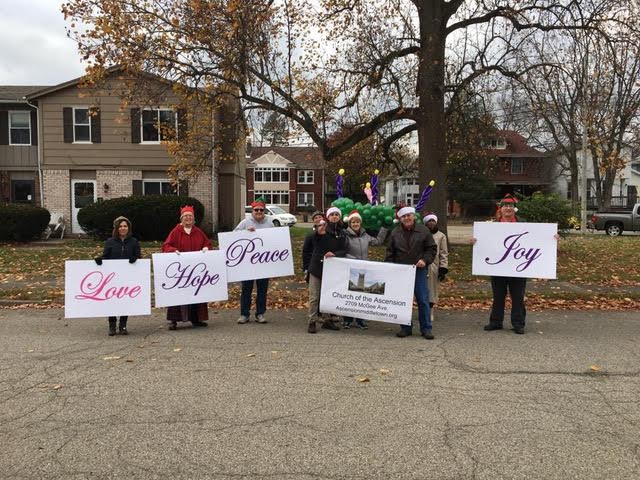It’s no secret that main-line denominations are declining in attendance. Non-denominational churches are growing, Nones are on the rise and everyone is going to church fewer Sundays each month. Many of the sanctuary and building expansions of the 1950’s are deteriorating and churches can’t keep up with maintenance costs. In the face of such struggle, churches are closing at an alarming rate. On average, nine churches close their doors each day.
The Episcopal Church Building Fund (ECBF) is asking if there’s another way. Can churches adapt? Can parishes imagine a new future? Is there a way for an established parish to forge a new role in their community?
In the Recasting process, ECBF takes parishes on a journey to uncover hidden potential. ECBF helps parishes search for financial sustainability, uncover what their neighborhood needs, and reallocate real estate assets that are redundant or that cannot be sustained. Ultimately the goal is to end up with a thriving church.
Since 2010 Northwestern Pennsylvania, Iowa, Rio Grande, Ft Worth and Western Massachusetts have hosted the program. Parishes report “success” from growth, to merging with other congregations to faithfully and generously living until their funds run out. The organizational turn-around process template reflects the change process outlines in John Kotter’s “My Iceberg is Melting” and the Design Thinking process developed at Stanford. ECBF also provides worship and clergy support.
Currently, eight parishes in the Diocese of Southern Ohio are deep into the process. Each parish has done assessments of their building use, their ministries, and their members. They have done parish timelines and even calculated death dates for their churches. Each parish is challenged to make quick, easy changes in 1 week to create energy. Then, they are challenged to make a bigger change over one month. Parishes have put up new signs; constructed a little free library; one parish marched in their local Christmas parade carrying a huge balloon Advent wreath. Bigger changes include inviting the community to help decide what goes on an empty lot; sharing space with another denomination and putting in pay parking to raise funds.
Over 13 months, parishes attend six weekend meetings with all the churches in the program and meet individually with a coach. During meeting four in January, three possible options for the future were outlined: sustain for as long as you can with minimal changes, change to live, and death.
Recasting becomes an individual as well as parish journey. A gentleman from Trinity, Newark said, “Our building is dead, but we aren’t!” The Rev. Kedron Nicholson, chaplain for the Recasting process said, “Ultimately, Recasting is asking “What vital role can your church play in your community? For many churches, the biggest challenge facing them isn’t crumbling buildings or declining attendance, it’s lack of relevancy. What is the Church called to be in this time and place?”
Thankfully, ECBF and the Holy Spirit are willing to ask those questions.
Learn more about ECBF and the Recasting process on their website www.ecbf.org
image: from Ascension Church, Middletown, OH

